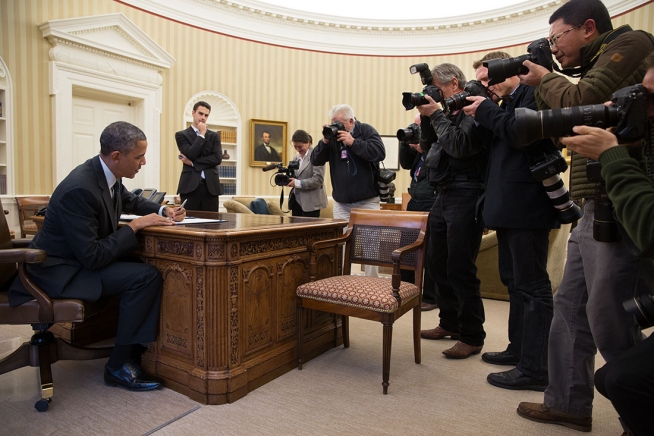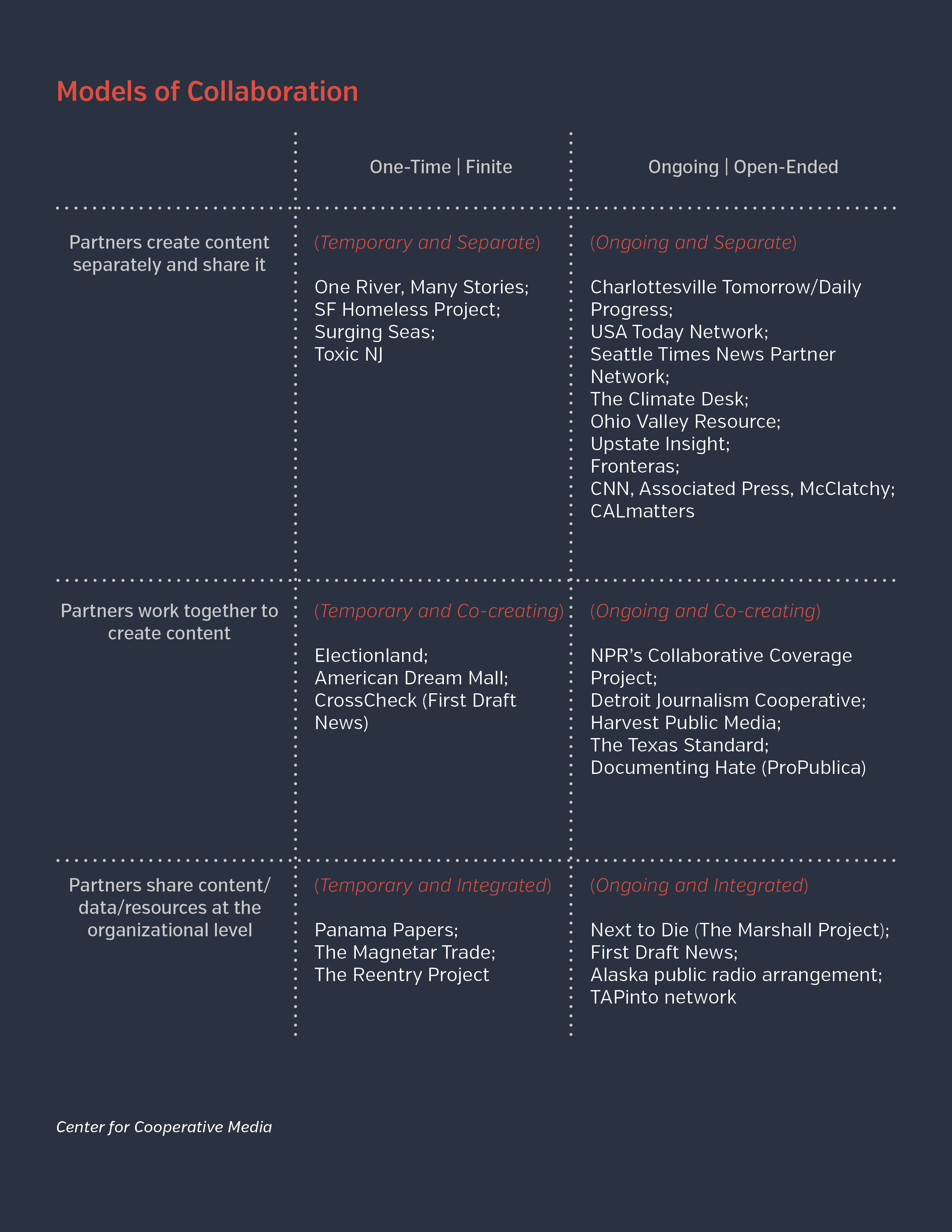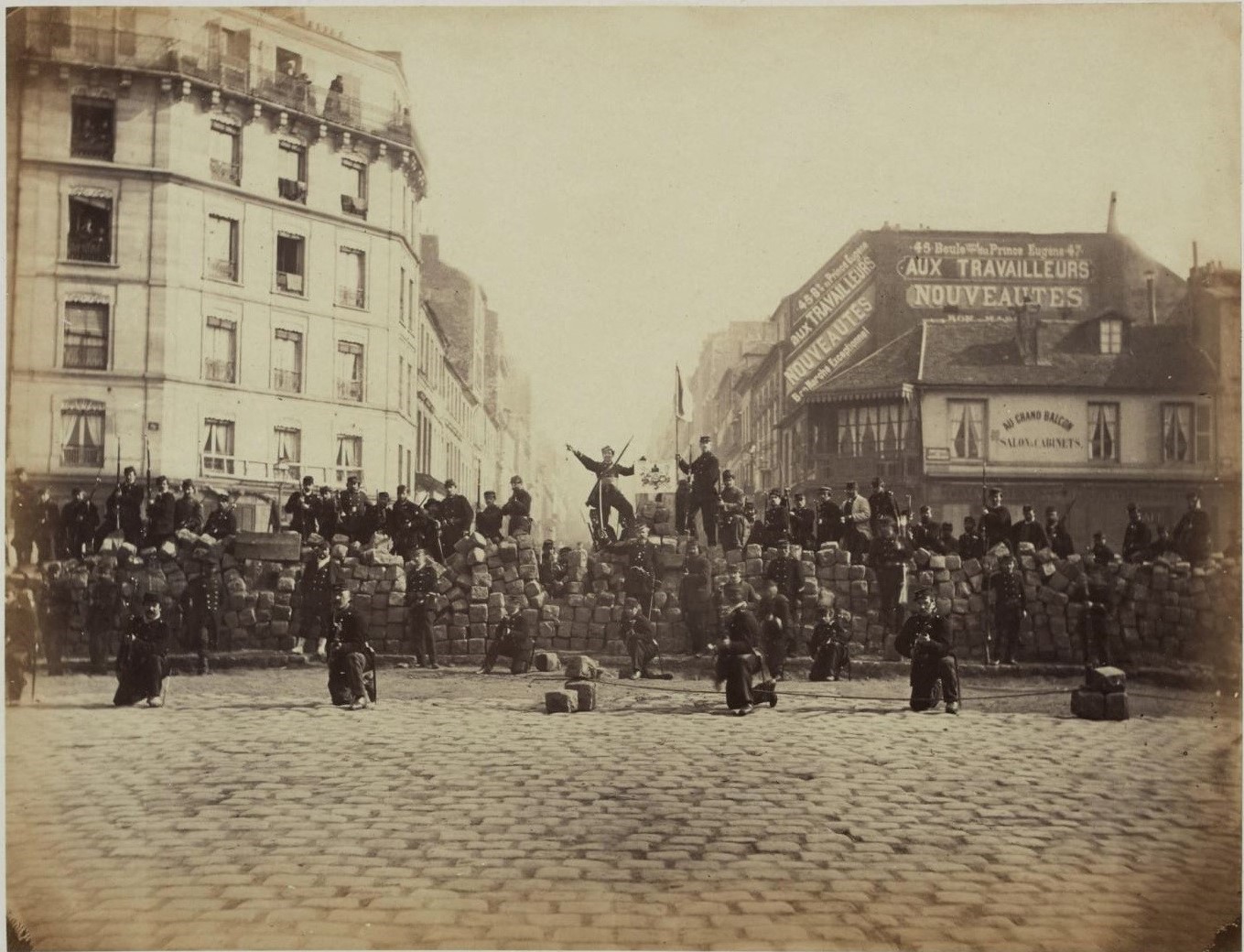|
Interactive Journalism
Interactive journalism is a new type of journalism that allows consumers to directly contribute to the story. Through Web 2.0 technology, reporters can develop a conversation with the audience. The digital age has changed how people collect information. News from print newspapers, once the only source for news, have seen declines in circulation as people get news on the Internet. Background As more people have moved from consuming news through traditional outlets—such as newspapers and broadcast news—, the barely surviving traditional news entities have aimed at transforming their reporting process to respond to the desires and needs of the 21st Century news consumers. This inevitable change of reporting techniques is based on a universal question: mainly, “If journalism is distributed in a community but no one pays attention to it, is it journalism? Can journalism exist without an audience?” In an attempt to continue exercising their role as communicators, many traditional m ... [...More Info...] [...Related Items...] OR: [Wikipedia] [Google] [Baidu] |
Journalism
Journalism is the production and distribution of reports on the interaction of events, facts, ideas, and people that are the "news of the day" and that informs society to at least some degree. The word, a noun, applies to the occupation (professional or not), the methods of gathering information, and the organizing literary styles. Journalistic media include print, television, radio, Internet, and, in the past, newsreels. The appropriate role for journalism varies from countries to country, as do perceptions of the profession, and the resulting status. In some nations, the news media are controlled by government and are not independent. In others, news media are independent of the government and operate as private industry. In addition, countries may have differing implementations of laws handling the freedom of speech, freedom of the press as well as slander and libel cases. The proliferation of the Internet and smartphones has brought significant changes to the media la ... [...More Info...] [...Related Items...] OR: [Wikipedia] [Google] [Baidu] |
Web 2
Web 2.0 (also known as participative (or participatory) web and social web) refers to websites that emphasize user-generated content, ease of use, participatory culture and interoperability (i.e., compatibility with other products, systems, and devices) for end users. The term was coined by Darcy DiNucci in 1999 and later popularized by Tim O'Reilly and Dale Dougherty at the first Web 2.0 Conference in 2004. Although the term mimics the numbering of software versions, it does not denote a formal change in the nature of the World Wide Web, but merely describes a general change that occurred during this period as interactive websites proliferated and came to overshadow the older, more static websites of the original Web. A Web 2.0 website allows users to interact and collaborate with each other through social media dialogue as creators of user-generated content in a virtual community. This contrasts the first generation of Web 1.0-era websites where people were limited to vie ... [...More Info...] [...Related Items...] OR: [Wikipedia] [Google] [Baidu] |
Internet
The Internet (or internet) is the global system of interconnected computer networks that uses the Internet protocol suite (TCP/IP) to communicate between networks and devices. It is a '' network of networks'' that consists of private, public, academic, business, and government networks of local to global scope, linked by a broad array of electronic, wireless, and optical networking technologies. The Internet carries a vast range of information resources and services, such as the inter-linked hypertext documents and applications of the World Wide Web (WWW), electronic mail, telephony, and file sharing. The origins of the Internet date back to the development of packet switching and research commissioned by the United States Department of Defense in the 1960s to enable time-sharing of computers. The primary precursor network, the ARPANET, initially served as a backbone for interconnection of regional academic and military networks in the 1970s to enable resource shari ... [...More Info...] [...Related Items...] OR: [Wikipedia] [Google] [Baidu] |
Collaborative Journalism
Collaborative journalism is a growing practice in the field of journalism. One definition is "a cooperative arrangement (formal or informal) between two or more news and information organizations, which aims to supplement each organization’s resources and maximize the impact of the content produced." It is practiced by both professional and amateur reporters. It is not to be confused with citizen journalism. Further definition Collaborative journalism can take many forms. One way to categorize collaborations is by duration (either temporary or ongoing), or by the level of integration among collaborators (from no integration to top-level organizational integration). Most collaborations can be placed within a matrix defined by these two variables, as here: Depending on the system of collaboration, individuals may also provide feedback or vote on whether an article is newsworthy. A single collaborative news story, therefore, may encompass multiple authors, varying articles, and r ... [...More Info...] [...Related Items...] OR: [Wikipedia] [Google] [Baidu] |
Citizen Journalism
Citizen journalism, also known as collaborative media, participatory journalism, democratic journalism, guerrilla journalism or street journalism, is based upon public citizens "playing an active role in the process of collecting, reporting, analyzing, and disseminating news and information."Bowman, S. and Willis, C.We Media: How Audiences are Shaping the Future of News and Information. 2003, ''The Media Center at the American Press Institute''. Similarly, Courtney C. Radsch defines citizen journalism "as an alternative and activist form of news gathering and reporting that functions outside mainstream media institutions, often as a response to shortcomings in the professional journalistic field, that uses similar journalistic practices but is driven by different objectives and ideals and relies on alternative sources of legitimacy than traditional or mainstream journalism". Jay Rosen offers a simpler definition: "When the people formerly known as the audience employ the press t ... [...More Info...] [...Related Items...] OR: [Wikipedia] [Google] [Baidu] |
Blogs
A blog (a truncation of "weblog") is a discussion or informational website published on the World Wide Web consisting of discrete, often informal diary-style text entries (posts). Posts are typically displayed in reverse chronological order so that the most recent post appears first, at the top of the web page. Until 2009, blogs were usually the work of a single individual, occasionally of a small group, and often covered a single subject or topic. In the 2010s, "multi-author blogs" (MABs) emerged, featuring the writing of multiple authors and sometimes professionally edited. MABs from newspapers, other media outlets, universities, think tanks, advocacy groups, and similar institutions account for an increasing quantity of blog traffic. The rise of Twitter and other "microblogging" systems helps integrate MABs and single-author blogs into the news media. ''Blog'' can also be used as a verb, meaning ''to maintain or add content to a blog''. The emergence and growth of blogs i ... [...More Info...] [...Related Items...] OR: [Wikipedia] [Google] [Baidu] |
Mobile Apps
A mobile application or app is a computer program or software application designed to run on a mobile device such as a phone, tablet, or watch. Mobile applications often stand in contrast to desktop applications which are designed to run on desktop computers, and web applications which run in mobile web browsers rather than directly on the mobile device. Apps were originally intended for productivity assistance such as email, calendar, and contact databases, but the public demand for apps caused rapid expansion into other areas such as mobile games, factory automation, GPS and location-based services, order-tracking, and ticket purchases, so that there are now millions of apps available. Many apps require Internet access. Apps are generally downloaded from app stores, which are a type of digital distribution platforms. The term "app", short for " application", has since become very popular; in 2010, it was listed as "Word of the Year" by the American Dialect Society. Apps are ... [...More Info...] [...Related Items...] OR: [Wikipedia] [Google] [Baidu] |
Civic Engagement
Civic engagement or civic participation is any individual or group activity addressing issues of public concern. Civic engagement includes communities working together or individuals working alone in both political and non-political actions to protect public values or make a change in a community. The goal of civic engagement is to address public concerns and promote the quality of the community. Civic engagement is "a process in which people take collective action to address issues of public concern" and is "instrumental to democracy" (Checkoway & Aldana, 2012). Underrepresentation of groups in the government causes issues faced by groups such as minority, low-income, and younger groups to be overlooked or ignored. In turn, issues for higher voting groups are addressed more frequently, causing more bills to be passed to fix these problems (Griffin & Newman, 2008). Forms Civic engagement can take many forms—from individual volunteerism, community engagement efforts, organiz ... [...More Info...] [...Related Items...] OR: [Wikipedia] [Google] [Baidu] |
Activists
Activism (or Advocacy) consists of efforts to promote, impede, direct or intervene in social, political, economic or environmental reform with the desire to make changes in society toward a perceived greater good. Forms of activism range from mandate building in a community (including writing letters to newspapers), petitioning elected officials, running or contributing to a political campaign, preferential patronage (or boycott) of businesses, and demonstrative forms of activism like rallies, street marches, strikes, sit-ins, or hunger strikes. Activism may be performed on a day-to-day basis in a wide variety of ways, including through the creation of art (artivism), computer hacking (hacktivism), or simply in how one chooses to spend their money (economic activism). For example, the refusal to buy clothes or other merchandise from a company as a protest against the exploitation of workers by that company could be considered an expression of activism. However, the most h ... [...More Info...] [...Related Items...] OR: [Wikipedia] [Google] [Baidu] |
Civic Journalism
Civic journalism (also known as ''public journalism'') is the idea of integrating journalism into the democratic process. The media not only informs the public, but it also works towards engaging citizens and creating public debate. The civic journalism movement is an attempt to abandon the notion that journalists and their audiences are spectators in political and social processes. In its place, the civic journalism movement seeks to treat readers and community members as participants. History In the 1920s, before the notion of public journalism was developed, there was the famous debate between Walter Lippmann and John Dewey over the role of journalism in a democracy. Lippmann viewed the role of the journalist to be simply recording what policy makers say and then providing that information to the public. In opposition to this, Dewey defined the journalist's role as being more engaged with the public and critically examining information given by the government. He thought journ ... [...More Info...] [...Related Items...] OR: [Wikipedia] [Google] [Baidu] |
Donald W
Donald is a masculine given name derived from the Gaelic name ''Dòmhnall''.. This comes from the Proto-Celtic *''Dumno-ualos'' ("world-ruler" or "world-wielder"). The final -''d'' in ''Donald'' is partly derived from a misinterpretation of the Gaelic pronunciation by English speakers, and partly associated with the spelling of similar-sounding Germanic names, such as ''Ronald''. A short form of ''Donald'' is ''Don''. Pet forms of ''Donald'' include ''Donnie'' and ''Donny''. The feminine given name ''Donella'' is derived from ''Donald''. ''Donald'' has cognates in other Celtic languages: Modern Irish ''Dónal'' (anglicised as ''Donal'' and ''Donall'');. Scottish Gaelic ''Dòmhnall'', ''Domhnull'' and ''Dòmhnull''; Welsh '' Dyfnwal'' and Cumbric ''Dumnagual''. Although the feminine given name ''Donna'' is sometimes used as a feminine form of ''Donald'', the names are not etymologically related. Variations Kings and noblemen Domnall or Domhnall is the name of many ancie ... [...More Info...] [...Related Items...] OR: [Wikipedia] [Google] [Baidu] |
University Of Nevada, Reno
The University of Nevada, Reno (Nevada, the University of Nevada, or UNR) is a public land-grant research university in Reno, Nevada. It is the state's flagship public university and primary land grant institution. It was founded on October 12, 1874, in Elko, Nevada. The university is classified among "R1: Doctoral Universities – Very high research activity" by the Carnegie Classification of Institutions of Higher Education. According to the National Science Foundation, the university spent $144 million on research and development in 2018, ranking it 139th in the nation. The university has a medical school. The university is also home to the Donald W. Reynolds School of Journalism, which includes six Pulitzer Prize winners among its alumni. History The Nevada State Constitution established the State University of Nevada in Elko on October 12, 1874. In 1881, it became Nevada State University. In 1885, the Nevada State University moved from Elko to Reno. In 1906, it was ren ... [...More Info...] [...Related Items...] OR: [Wikipedia] [Google] [Baidu] |


.jpg)





